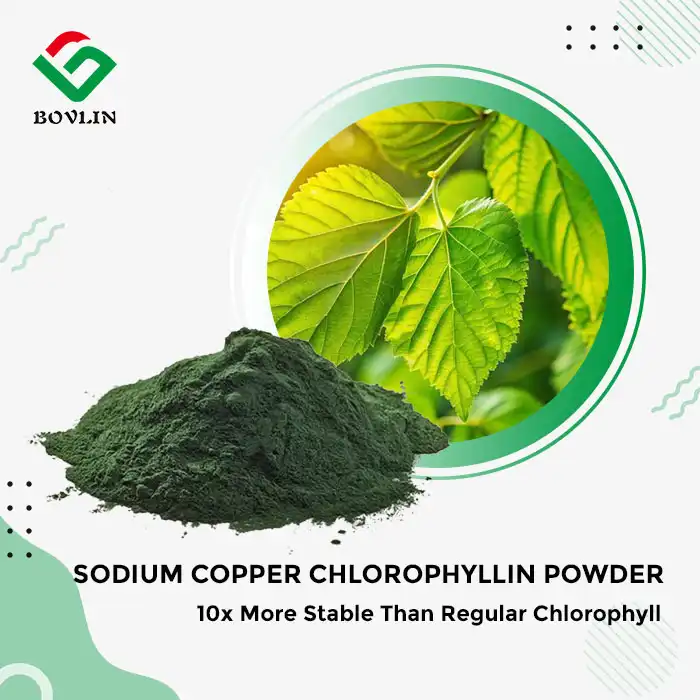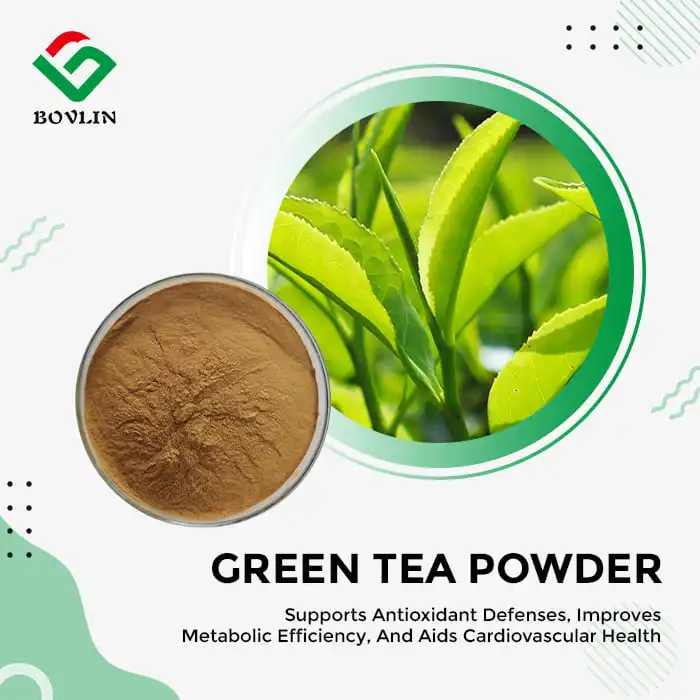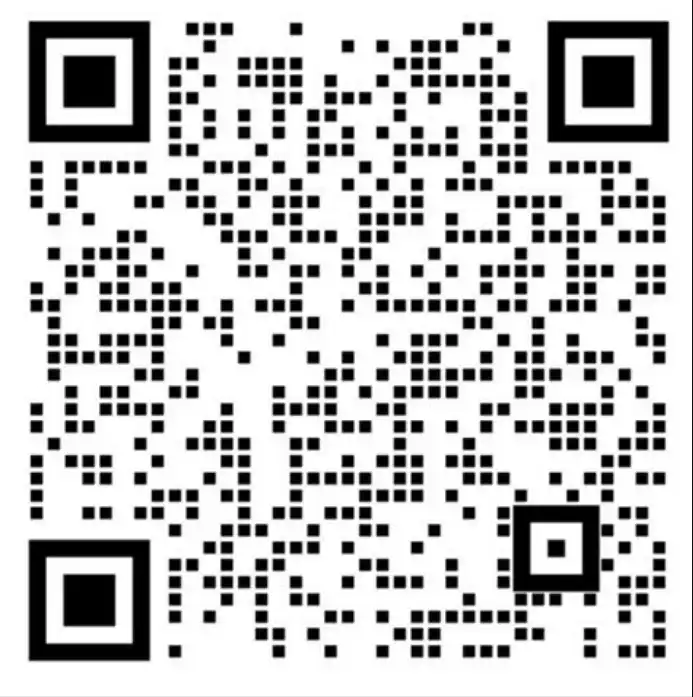What Compounds in Pine Pollen Influence Hormonal Activity?
Phytoandrogens: Nature's Hormonal Mimics
Pine pollen powder contains an array of phytoandrogens—plant-derived compounds that closely resemble human androgens in structure and potential function. These include brassinosteroids and gibberellins, which are known for regulating plant growth but have also sparked interest for their possible interaction with human hormonal receptors. Although the mechanisms in humans are not fully understood, preliminary research suggests that these natural androgen mimics may influence hormonal activity, particularly in supporting testosterone-like effects. This has made pine pollen a subject of interest among individuals seeking natural support for energy, libido, and muscle health.
Nutrient Profile Supporting Hormonal Health
Cracked pine pollen is rich in essential nutrients that contribute to hormonal health and balance. It provides a robust mix of vitamins, such as B-complex and vitamin D, along with minerals like zinc, magnesium, and selenium—all known to play roles in hormone synthesis and regulation. For example, zinc supports testosterone production, while vitamin D aids in maintaining healthy levels of various hormones. Amino acids in pine pollen also support protein synthesis and glandular function. The synergistic effects of these nutrients may help enhance endocrine function and provide broad-spectrum support for both men and women.
Antioxidants and Their Indirect Hormonal Impact
Pine pollen powder boasts a potent antioxidant profile, featuring compounds such as flavonoids, polyphenols, and superoxide dismutase. While these antioxidants do not directly produce hormones, they play a crucial role in protecting endocrine glands from oxidative damage. Oxidative stress can impair the function of hormone-producing tissues like the adrenal and thyroid glands. By neutralizing free radicals, pine pollen's antioxidants contribute to cellular resilience and longevity, thereby indirectly supporting hormone balance. This protective mechanism is essential for maintaining optimal hormonal health, especially in aging populations or individuals under chronic stress.

Mechanism of Phytoandrogens in Testosterone Support
Cellular Interaction and Receptor Binding
The phytoandrogens in pine pollen cracked cell wall preparations may interact with androgen receptors in human cells. This interaction could potentially mimic the effects of endogenous testosterone, although the strength and specificity of this binding are generally weaker than that of human hormones. The precise mechanisms by which these plant compounds influence testosterone-related pathways are still under investigation.
Enzymatic Modulation in Hormone Synthesis
Some components of pine pollen powder might modulate the activity of enzymes involved in steroid hormone synthesis. For example, certain phytocompounds may influence the action of 5-alpha reductase, an enzyme that converts testosterone to dihydrotestosterone. By affecting these enzymatic processes, pine pollen could theoretically impact the balance of androgens in the body.
Hypothalamic-Pituitary-Gonadal Axis Influence
The compounds in cell wall broken pine pollen powder may also exert effects on the hypothalamic-pituitary-gonadal (HPG) axis, which regulates testosterone production. By potentially influencing the release of gonadotropin-releasing hormone or luteinizing hormone, pine pollen constituents could indirectly affect testosterone synthesis in the testes.
Scientific Studies on Pine Pollen and Hormone Regulation
In Vitro Research on Androgenic Activity
Laboratory studies have examined the androgenic potential of pine pollen extracts. These in vitro experiments typically involve exposing cell cultures to pine pollen compounds and measuring changes in androgen-responsive genes or proteins. While some studies have shown promising results, the translation of these findings to human physiology requires careful interpretation and further research.
Animal Model Investigations
Research using animal models has provided insights into how pine pollen cracked cell wall may affect hormone levels in living organisms. Studies on rodents have explored the effects of pine pollen supplementation on testosterone levels, reproductive function, and related physiological parameters. These animal studies offer valuable data but highlight the need for human trials to confirm potential benefits.
Limited Human Clinical Trials
Human clinical trials investigating the effects of pine pollen powder on testosterone levels are limited. The few studies conducted have often been small in scale or have focused on broader health outcomes rather than specific hormonal changes. While some participants in these trials have reported subjective improvements in energy levels or libido, the direct impact on testosterone remains inconclusive and warrants more extensive, well-controlled studies.
Conclusion
The potential of pine pollen powder to naturally boost testosterone levels remains an intriguing area of research. While the presence of phytoandrogens and supportive nutrients in cell wall broken pine pollen powder suggests possible hormonal benefits, conclusive evidence from human studies is still lacking. The complex interplay between pine pollen compounds and the human endocrine system requires further scientific investigation to fully understand its effects. As research progresses, pine pollen continues to be a subject of interest for those exploring natural approaches to hormonal support in the context of overall health and wellness.

Contact Us
For more information about our pine pollen powder products and their potential applications, please contact Shaanxi Bolin Biotechnology Co., Ltd. at sales1@bovlin.com. Our team is dedicated to providing high-quality plant extracts and would be happy to discuss how our products can meet your specific needs.











